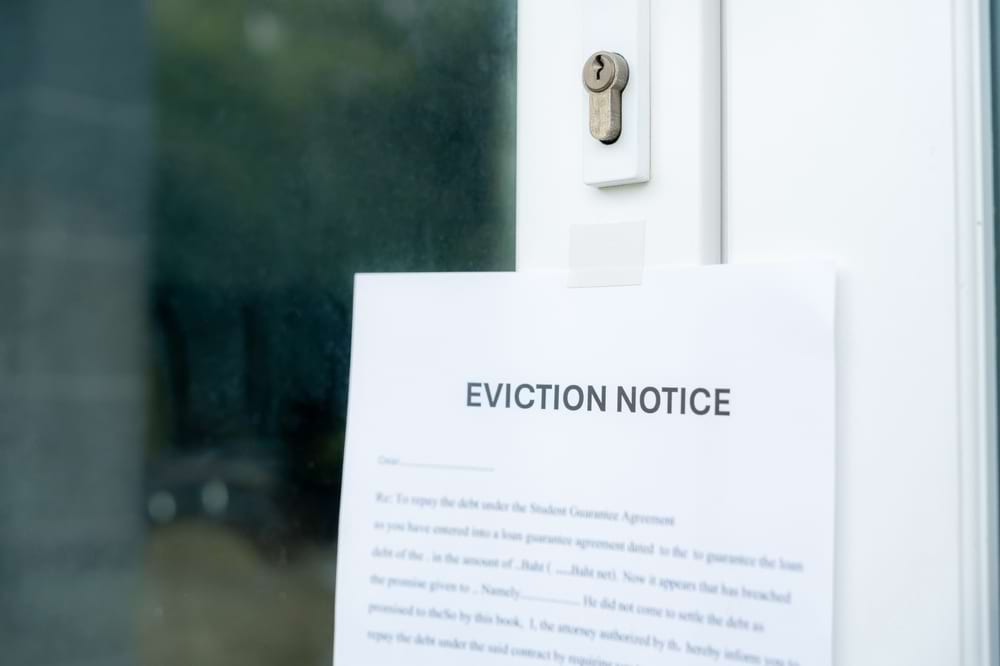Landlords in the UK buy-to-let market are reported to be leaving in droves. But, why?
The buy-to-let market has faced several challenges in recent years, from regulatory changes to economic uncertainty, which have made it increasingly difficult for landlords to turn a profit. Just one in five landlords say their investment has been a profitable one in 2023.
These challenges have led many landlords to reconsider their investments and exit the market altogether.
Why Are Landlords Leaving the Buy-To-Let Market?
There are several reasons why landlords are leaving the buy-to-let market.
Government Policies
Several policies have made it less attractive for landlords to invest in buy-to-let properties. One such policy is the introduction of the Tenant Fees Act 2019, which stops landlords from charging tenants certain fees, such as fees for referencing or administration. This has slashed the income that landlords can generate from their properties.
Another policy that has affected the buy-to-let market is the reduction in tax relief on mortgage interest payments. This policy has been phased in since 2017 and has reduced the amount of tax relief that landlords can claim. This has increased the tax liability for many landlords, making buy-to-let less profitable.
New policies can be introduced at any time, which makes it extremely important that a landlord’s rights are clearly understood by homeowners.
Taxation
Furthermore, the introduction of the 3% stamp duty surcharge on second homes and buy-to-let properties has made it more expensive for landlords to purchase new properties.
When you factor all of these in, it’s understandable why the number of landlords entering the market has declined.
Economic Factors
We also can’t ignore the economic factors that have played a role in the decline of the buy-to-let market.
One significant factor is the increase in house prices, which has made it more difficult for landlords to achieve a good return on their investment. UK house prices have increased by nearly 25% in just 5 years. This is particularly impactful in areas where house prices are high relative to rental income.
Couple this with the UK cost of living crisis, which saw a peak inflation rate of 11.1% in October 2022 — the highest since 1981 — and it’s been a difficult few years for landlords and tenants alike.
How long is the UK cost-of-living crisis going to last?
The cost-of-living crisis in the UK has been ongoing for several years, and it is likely to continue for the foreseeable future. Rising inflation, stagnant wages, and high levels of debt has — and will continue to — have a significant impact on the buy-to-let market, as tenants are struggling to keep up with rent payments.
Landlords are also feeling the squeeze, as they are facing higher costs for maintenance, repairs, and insurance. Some are passing these costs onto their tenants, which is causing further financial strain. Others are choosing to sell their tenanted properties and exit the market altogether.
However, it’s worth noting that the Bank of England thinks inflation peaked last year and expects it to keep falling in 2023 to around 4% by the end of the year. It’s currently at 8.8%, so we’re not quite there yet.
Is now a good time to invest in property?
The UK property market has seen significant fluctuations over the past few years, driven by factors such as Brexit uncertainty, the COVID-19 pandemic, and the cost of living crisis. While these fluctuations may present opportunities for investors, they also come with risks and uncertainties.
With many landlords leaving the buy-to-let market, there is a reduced supply of rental properties. This has led to a housing shortage, especially in areas with high demand for rental properties. As a result, tenants may struggle to find suitable accommodation, and may be willing to pay higher rents for properties. This can offer an opportunity for new property investors.
There are several alternatives to buy-to-let that landlords can consider if they want to reduce the risk in the property market at the moment. These include:
Property Investment Trusts
A Property Investment Trust (PIT) is a type of investment fund that invests in property assets. PITs are listed on the stock exchange and are regulated by the Financial Conduct Authority (FCA).
Investors can buy and sell shares in PITs, which gives them exposure to a diversified portfolio of properties.
One advantage of PITs is that they offer a level of liquidity that is not available with buy-to-let properties. Investors can sell their shares at any time, which makes it easier to access their funds.
Crowdfunding
Crowdfunding is a way of investing in property that has become increasingly popular in recent years.
Crowdfunding platforms such as Property Partner allow investors to pool their funds together to invest in a specific property or portfolio of properties.
One advantage of crowdfunding is that it allows investors to invest in property with a relatively small amount of capital. Investors can also choose which properties they want to invest in, which gives them greater control over their investments.




















